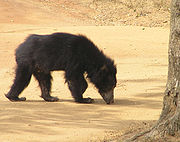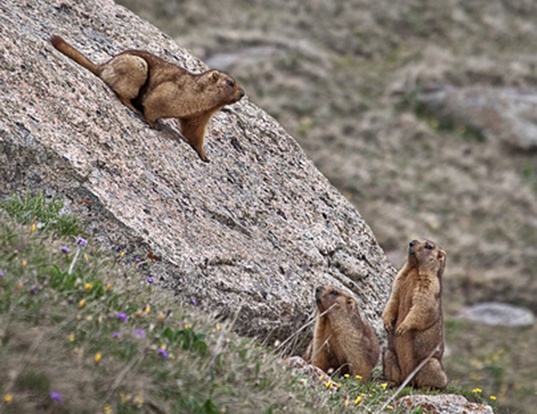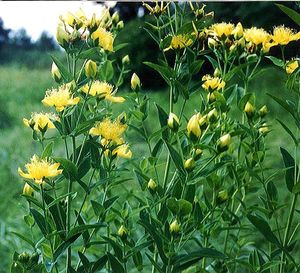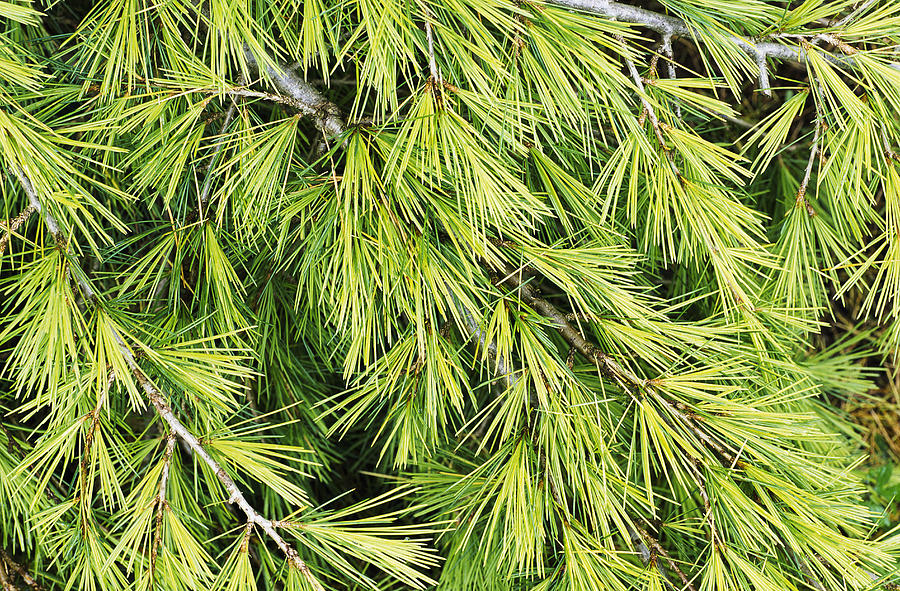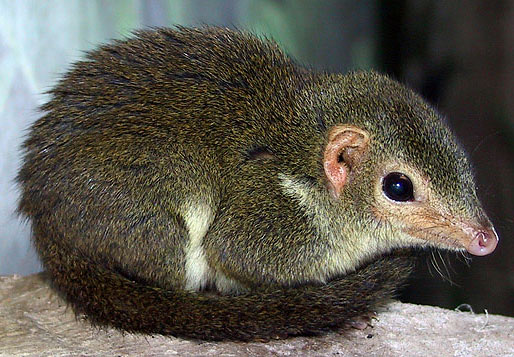Culture Name
The name they give themselves: Herachel (
The Flower People)
The Name they are referred to by outsiders:
The Hut People
Location: The mountainous region to the west of the western lake
Values: Family, connection with nature, mobility and a sense of location
Society: The Herachel are a migrating people living in the higher parts of the alpine regions. They gained their name as the hut people through the drystone huts that they inhabit on the mountain tops. Though the people move around the huts do not and those who ascend from the basin to the east up into the mountains for whatever reason have often noted the stone dwellings lying empty and looking like they are abandoned. However they are not abandoned and each season when a tribe of Herachel people returns to a location their first task is always to see about repairs to the huts. Through this continual cycle the huts that the tribespeople dwell in are known to have stood in the same place for generations. The Huts themselves form the basis for the societal hierarchy. Every family has their own hut and if a new family emerges then it moves into an abandoned one or builds a new one. From this the oldest huts take on more central positions in society with the idea that its dwellers can trace back their family roots further than the others in that particular group. This oldest family will take on the leadership position and delegate tasks to other members of the tribe. When there are meetings of more than one tribe the tribe with the family who has an older claim takes precedence, however in practice since family records go back too far to be in memory and their is no written word this precedence is usually decided by size of tribe or size of the central hut.
Outside of the family hierarchical structure are the Irn - the Storytellers and guides of the tribe. A tribe's Irn live in a separate hut often as old or perhaps older than that of the leading family. Due to the importance of storytelling to the migrational traditions of the Herachel the Irn are treated with a great deal of reverence and respect.
Lifestyle: Living a migrating life the Herachel find most of their food from hunting and gathering. As such there is a significant gender divide between the women whose primary job is the gathering and the men who perform the hunting. Most hunting is confined to the alpine regions looking for the populations of Sonito Marmot or larger mountain rodent although there are sometimes expeditions further into the valleys and planes below.
The drystone dwellings that the Herachel occupy are not usually decorated but mats are often laid out to perform duty as a floor. Traditionally light is gained through the open door by day and then at night when a blanket is thrown over the opening a small fire is often lit using dry broom in stone basins.
An important element in both ritual and recreation is a Soure infusion which is prepared by those wise enough to be able to differentiate between the Soure and the Seroji. The infusion is made by boiling the water and adding the petals of the Soure plant to it. It has an initially bitter taste but a lingering sweet aftertaste and the ritualistic drinking of it forms an important part of Herachel culture.
Another key part of the ritualistic tea drinking is the recitation of the oral history of that particular tribe. The tales of past exploits are often imbued with a strong sense of place as the story serve not only as an oral history and entertainment but also as a guide for the migrational routes of that particular tribe. It is very common for the stories to be embellished with very minute details for the benefit of describing a particular valley or peak which is on the migration path.
Religion: The deities of the Herachel people are woven into their oral histories as characters that appear to aid the tribes in times of need. They are often associated with a particular natural object or place and reinforce the culture's belief in the importance of place to the extend that some places are viewed as particularly holy. For example in one story a certain valley may have been the site in which the tribe was almost wiped out by an especially cold season and their survival is attributed to the appearance of one of their gods bringing dry firewood or such. Since this place is recorded in such detail in the story it becomes a well known site of collective trauma and divine salvation and so is the perceived as a place of significant closeness to their gods.
Economy: They have a hunter gatherer economy making tools and other objects mostly out of stone and wood. They are particularity adept at the use of dry stone techniques in construction and the huts for which they get there name are this way constructed.
History: The various tribes have lived in the huts for longer than remembered and though the oral histories of the families stretches back generations there is no record in their culture of their arrival to the mountains. Since their arrival there has also been little interaction with the lowlanders by virtue of their nomadic lifestyle and the hard to reach location in which they reside. Due to this fact there has been little intermingling of their culture with their neighbours and their language and society has continued to develop independently to the surrounding lowland cultures.
Language: Though also reaching back to the root language that encompasses most Lemurian languages due to the isolated nature of Herachel society the language spoken by the Herachel remains similarly isolated. With very few interactions with lowlander culture it has developed significantly on its own and though there may be deep level grammatical similarities it would not be easy for Herachel and lowlanders to understand each other.
Person Names: In the Herachel culture there are three important parts of a name the family name, the given name, the earned name. Family names are carried down through the families and are recorded in the oral histories. Children are traditional brought into the family of their mothers as the mothers are considered the primary factor in looking after the child so the child will reside in the mother's hut. This the children are also raised by the men of the mother's family.
A given name is chosen by the tribe's chief Irn - the most high ranked of the storytellers. As the child grown into adolescence they can begin to work towards a particular role in the society in something like an apprenticeship. Upon reaching their 17th year they are given the name of their profession.
Given names are usually made of two syllables with a soft ending and gender can not determined by name. Examples include:
Hena, Kallu, Jamir, Frolleh, Maswer, Lamber, Matti, Ahgo, Barly
Family names are often much more varied ranging from single syllable to multisyllabic names:
Ava, Bresyr, Harwyd, Brandwyse, Roiwyn, Kardyl, Crayven, Quernwyr, Wolliwil, Far, Cloya, Daryd, Yll
The earned names are very uniform across and are derived solely from the job which the youth devoted themselves to:
et Irn - the storyteller
et Wyn - the builder
et Por - the gatherer
et Gnal - the hunter
et Dosum - the tracker
et Vayl - the Firestarter
and there are many others related to various other specialised professions that are required by the tribe
In an informal setting often just the given name is used or the given name and earned name if differenitation is needed. When talking to someone of a higher position in the hierarchy in a formal setting it is customary to use their full name in the order of given-earned-family fore example
Manswer et Por a Nyll (Manswer the gatherer of Nyill). If speaking down the hierarchy in a formal setting the family name is normally omitted for example
Kallu et Vayl. One exception to the rules is those tribespeople who earned the title of et Irn. Such people should always be referred to be their given and earned names regardless of formality or hierarchical concerns as the Irn are viewed with a reverence due to their position as tellers of the stories and keepers of the knowledge of the migrational routes.
City/Nation Names: The various tribes of the Herachel culture take their names from the name of the leader of the family highest up in the hierarchy.
Geographical Names: WILL DO THIS LATER
